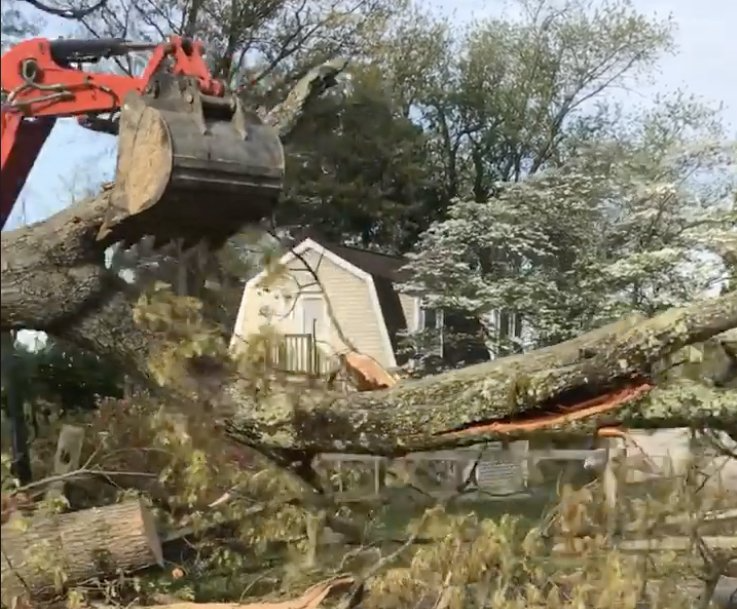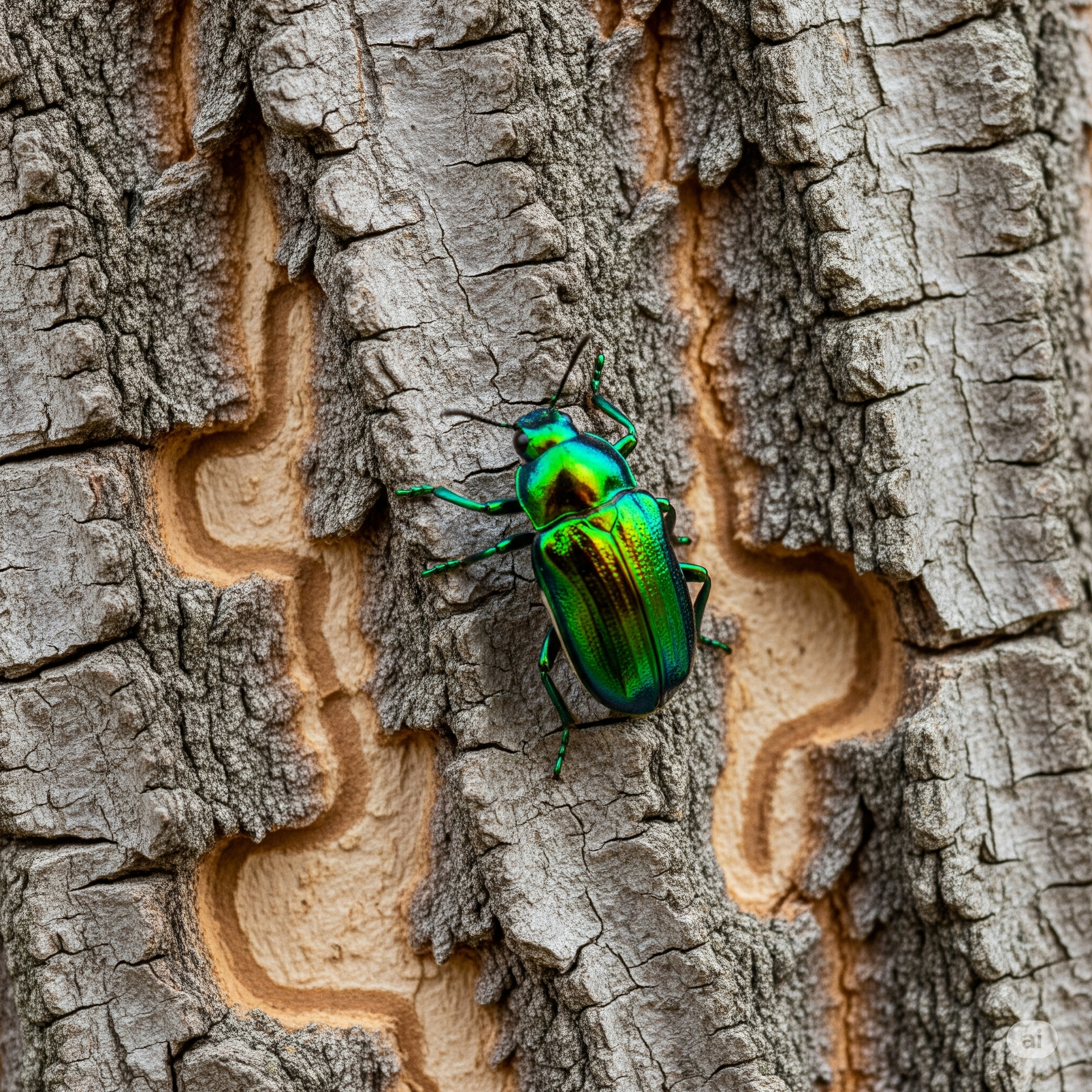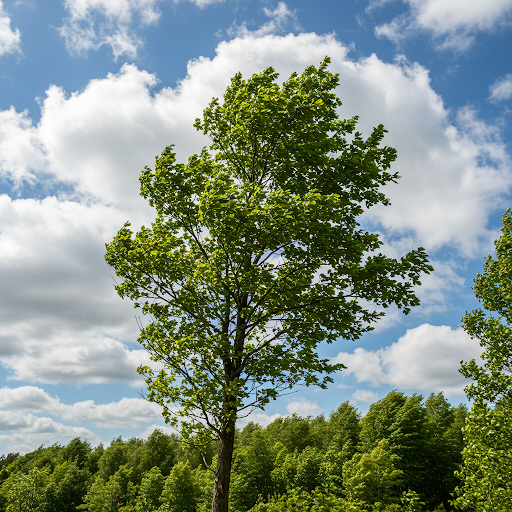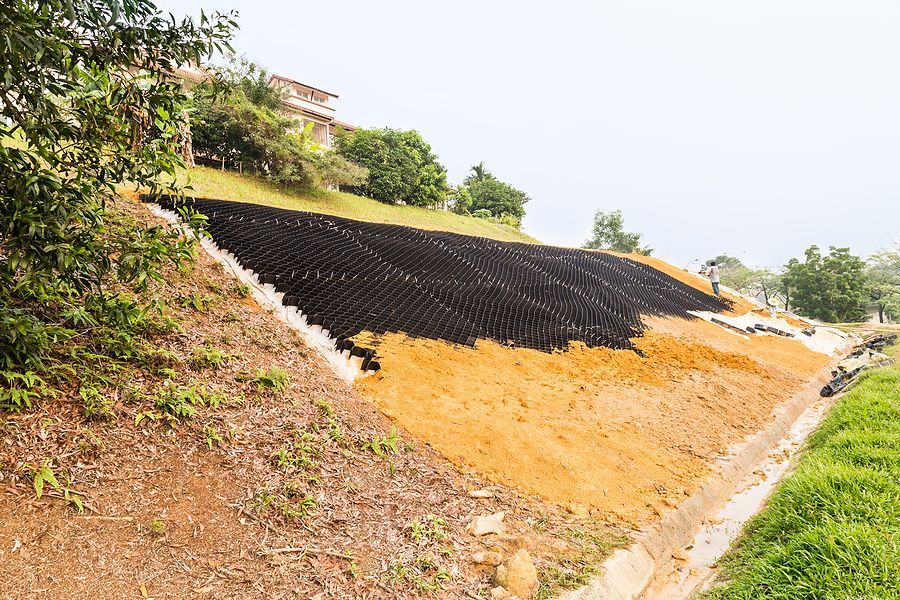What are the signs
that a tree might fall?

The weather is more unpredictable than ever. Heavy rain, high winds, flooding, and even draughts often bring trees down. Do you know how stable the trees on your property might be?
Twelve things to look for:
1. Dead Branches
Dead branches could be a sign that the tree might have root rot. Root rot often stops the tree from getting nourishment to its leaves and branches. This causes the tree to drop branches in order to provide nutrients to other parts of the tree.
During storms, wind gusts can cause dead tree branches or the entire tree to fall causing injury to the home and its occupants. It doesn’t always take a storm for a dead branch or tree to fall.
2. Rotten Tree Roots
It isn’t always obvious that a tree has rotten roots since you can’t see below the ground’s surface. However, you can look for dead branches, falling leaves (out of season) and mushrooms growing around the tree’s base. Mushrooms could be an indicator that the tree has fungus. Fungus can be a sign that the tree roots are rotting which weakens the tree.
3. Hollow Spots in a Tree Trunk
Think of trees like our teeth. Trees get cavities due to decay within the tree which could be caused by improper pruning. As the cavity grows, the tree trunk is weakened. Eventually the tree won’t be able to support itself and it may lose limbs, or the tree will collapse.
Look for good, solid wood around the cavity; it might be a sign that the tree won’t drop limbs or fall.
4. Big Cracks in the Tree
If you see cracks or missing patches of bark on a tree, it could be a sign that the tree is dying. A tree loses its stability when its tree trunk is weak from infection. If you see cracks in a tree, it’s time to call a tree expert to diagnose, treat, or remove the tree.
5. The Tree Leaves are too Close to its Trunk
A healthy tree’s leaves should always fall from the outside in. Look at your tree and if you see that leaves are missing near the tree trunk, it could be a sign that the tree is weakened. Nutrients and water are delivered to the tree from its root zone. So falling leaves from the inside could be a sign that there is a problem in the root zone and strong winds could cause the tree to fall.
6. Are the branches growing in a “U” shape or “V” shape?
Healthy tree branches grow in a “U” shape. If the branches are growing in a “V” shape, it could be a sign of a problem since there may not be enough space for proper growth. When the trees are loaded with leaves, it may be difficult to see if the branches are forming a “U” or “V” shape. As trees shed their leaves in the fall and winter you should be able to get a better view. Trees with a weak fork will tend to drop branches.
7. Leaning Trees
Where trees grow close together, some trees may tend to lean to get more sunshine for its leaves. If this is the case, the tree may not be in danger.
If your tree is leaning 15 degrees or more, it could be due to wind or root damage. Consult with a tree expert as it may be time to remove the tree.
8. Tree Soft Spots
Soft posts appear due to infestation, fungi, or a wound which creates tree stress. If you find soft spots, you should contact a tree expert who has the knowledge and tools to treat the tree.
9. Fungus Growing on Trees
Wounds in a tree open the door to fungi. Infected trees will fall after symptoms start showing. What to look for? Yellow and browning leaves, root rot and slower tree growth. You might see some branches are dying or wilting before the tree falls.
10. Carpenter Ants
Carpenter ants don’t damage trees but they do take advantage of a weak tree by tunneling through damp and damaged wood. By chewing, they cut tunnels to form nests, resulting in colonization of the tree. When this happens, the tree can’t heal and rots. There are several steps to rid the tree of infestation. But first you must decide if the tree is worth saving. We can evaluate and provide a solution.
11. Lightning Strikes
If lightning strikes a tree, the tree can be damaged internally. Lightning can travel under the bark; the tree will look normal, and it could take weeks before the tree shows deterioration. If the tree is struck on the outer layer, you should see cracking in the area of the trunk, blackened areas, and wilted leaves. Lightning strikes can weaken a tree or kill it.
12. Vine Covered Tree
When vines cover the ground, a thick blanket covers the root. Wet leaves covering the area can be the start of bacterial disease. Leaves trap moisture under the vines resulting in severe structural damage. Vines block much needed sunlight. You should kill the vines or remove them from the tree to save it.
HoneyCove Landscape & Tree Service is the tree service company you can depend on. Contact us today for an evaluation of your tree's health and treatment.









